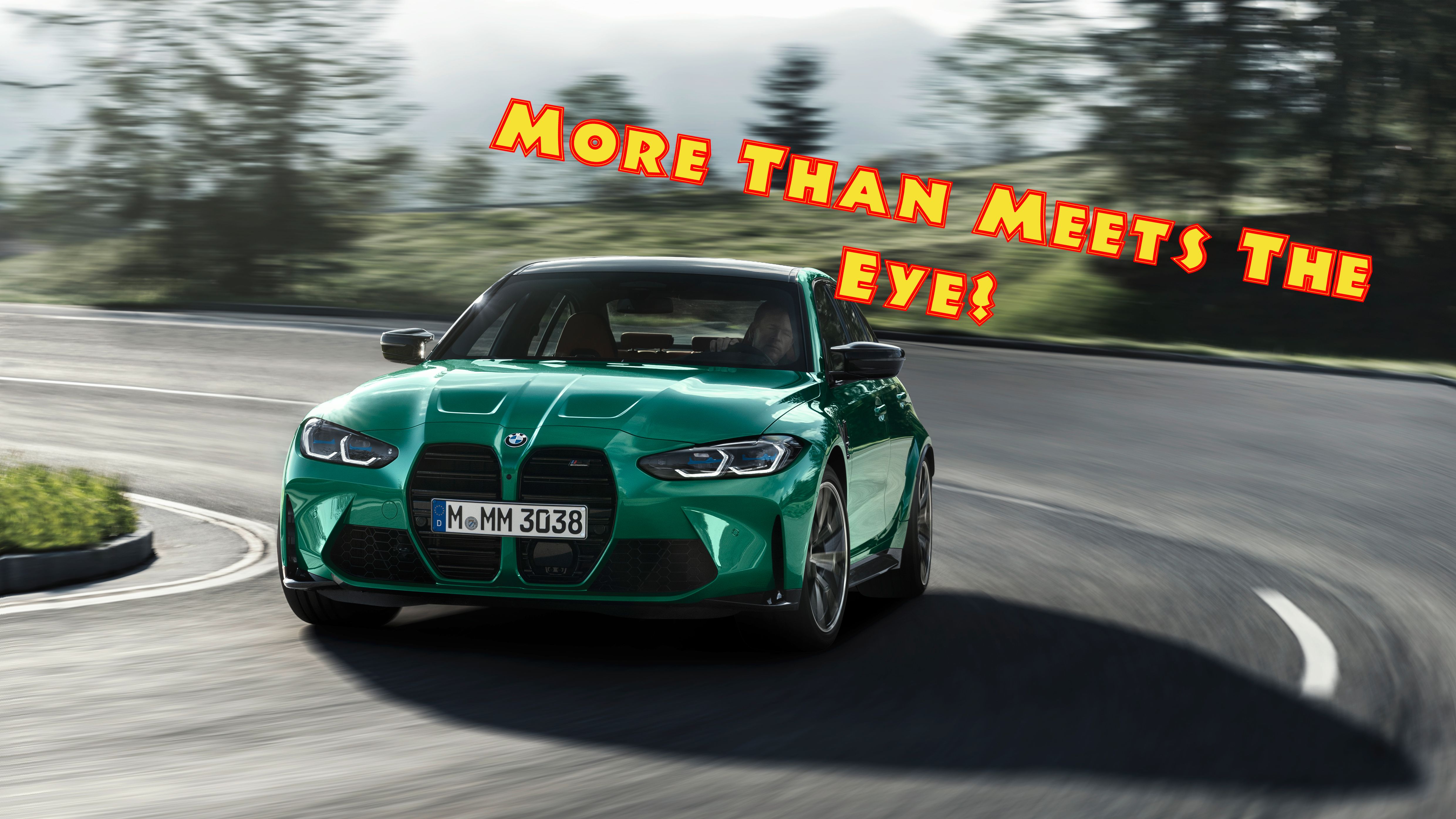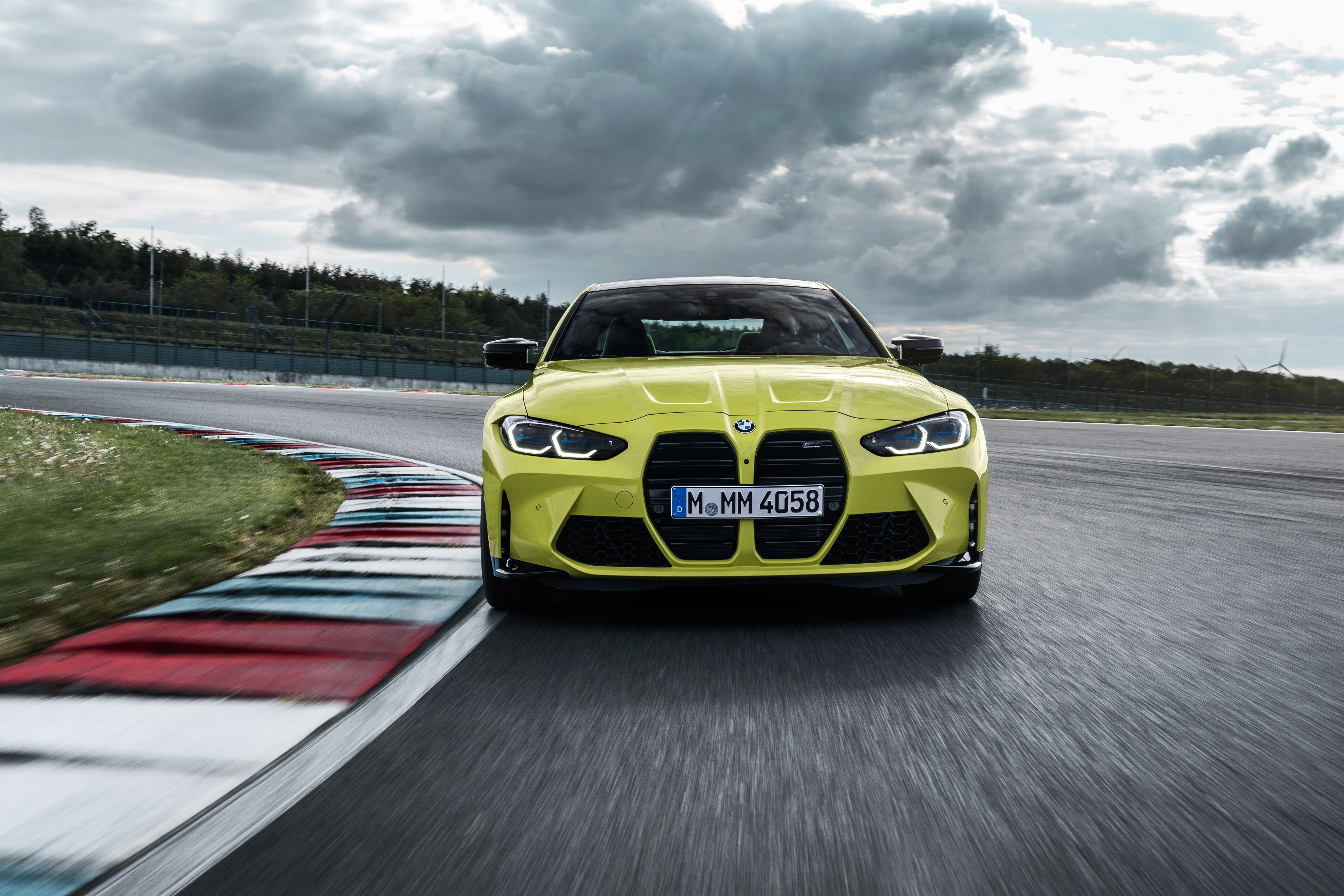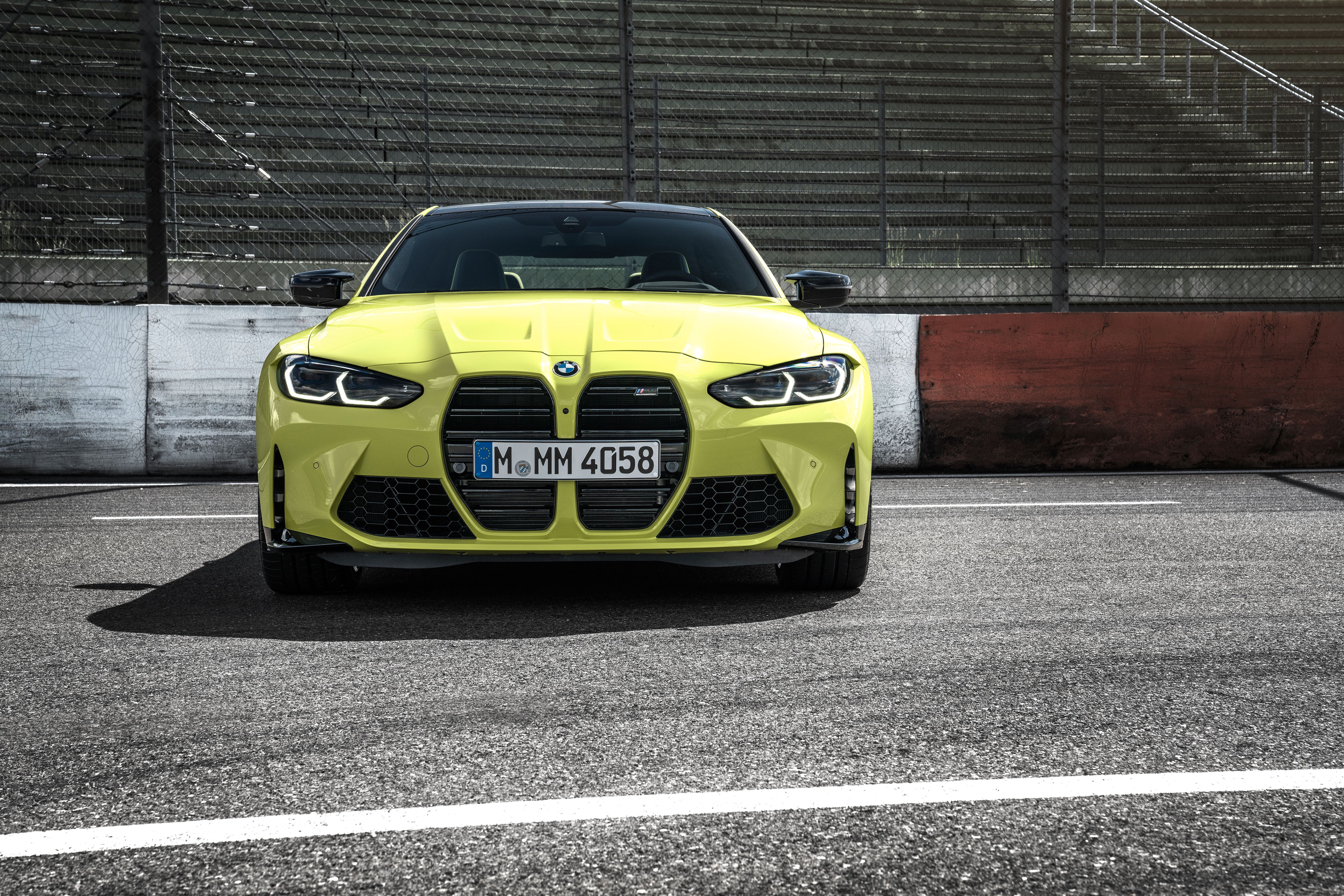By now, a lot of you have your opinions of BMW’s new — and very controversial — kidney grille. Seen in models like the M3 and M4, the front kidney grille is, for better or worse, a visual conversation starter. But as much as it captures our attention, very little has been said about the functions of the kidney grille and, more importantly, what you can find behind the new nose.
See, there’s more to the kidney grille than meets the eyes, and thanks to Bimmer’s new “M3 and M4 - Explained” web series, we get a peek behind the curtain, or, in this case, a peek behind the two kidney grilles.
What can you find behind the BMW M3/M4’s kidney grille?
High-performance machines like the BMW M3 and BMW M4 require plenty of cooling components, and it comes as no surprise that a majority of the equipment that you’ll see behind the massive kidney grille includes radiators that are absolutely critical in helping cool important components that allow both performance M models to run as intended, whether that’s on the road or on the race track.
One of the men responsible for developing the cooling system of the M3 and M4, Markus, adds a bit of insight on why the setup is important. According to Markus, the surface behind the two kidneys is used for the specific purpose of cooling. A large cooling unit that comes with a 1,000w fan and high- and low-temperature coolant radiators sits right behind the two kidneys.
|
|
ids=936532,936533 |
no_overlay=false |
before_label=2021 BMW M3 |
after_label=2020 BMW M3> |
It’s also 40mm (1.57 inches) closer to the front than in the “basic” 3 Series. Not only does this setup improve the inlet, but also the exhaust air that’s needed to keep the temperature in this section of the car right where it needs to be.
Just below the radiator is the oil cooler for the gearbox that’s actually not present in M3 and M4 models equipped with a manual transmission.
Since the M3 and M4 will arguably spend a lot of time on race tracks, BMW also designed a small duct for brake cooling alongside the air intake for the cooling module. What’s interesting about this setup is the view from behind. Without the wheels, you can clearly see the coolant radiator and the brake cooling duct right next to it. The latter even points straight at the brakes. This is the kind of engineering that you don’t normally see on the surface of both the M3 and M4, yet it plays a huge role in ensuring that both M models perform the way they’re supposed to.
From a visual perspective, the massive twin-kidney grille remains a sight for sore eyes. Some folks have come to accept the way it looks and how it eats up almost the entire section of the M3 and M4. There are other folks who, to this day, still can’t believe that BMW decided to go with this kind of design. Then there are the people who have grown to appreciate the boldness of it all.
These kidney grilles will remain topics of conversation for a while, but now that we know what’s sitting behind it, we might think less of the large twin kidney as a controversial design and think of it more as an important tool in ensuring that the right amount of air goes in and out of the engine. At the end of the day, no one really cares if the M3 and M4 look the way they do if the performance that comes with the design is as good as we all expect it to be.



